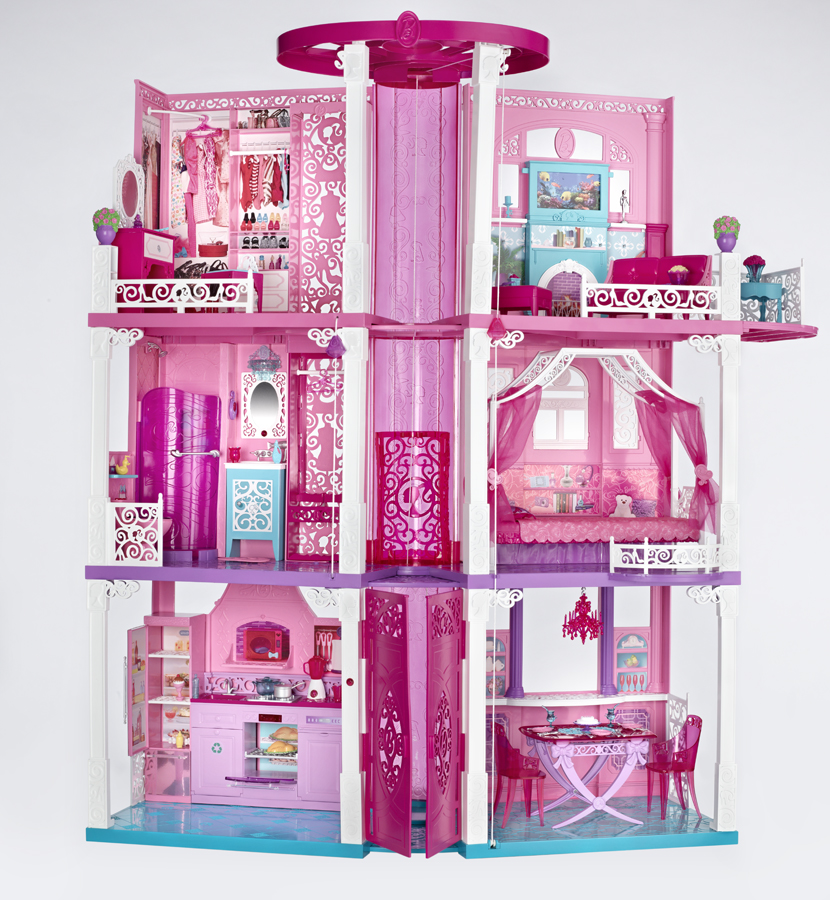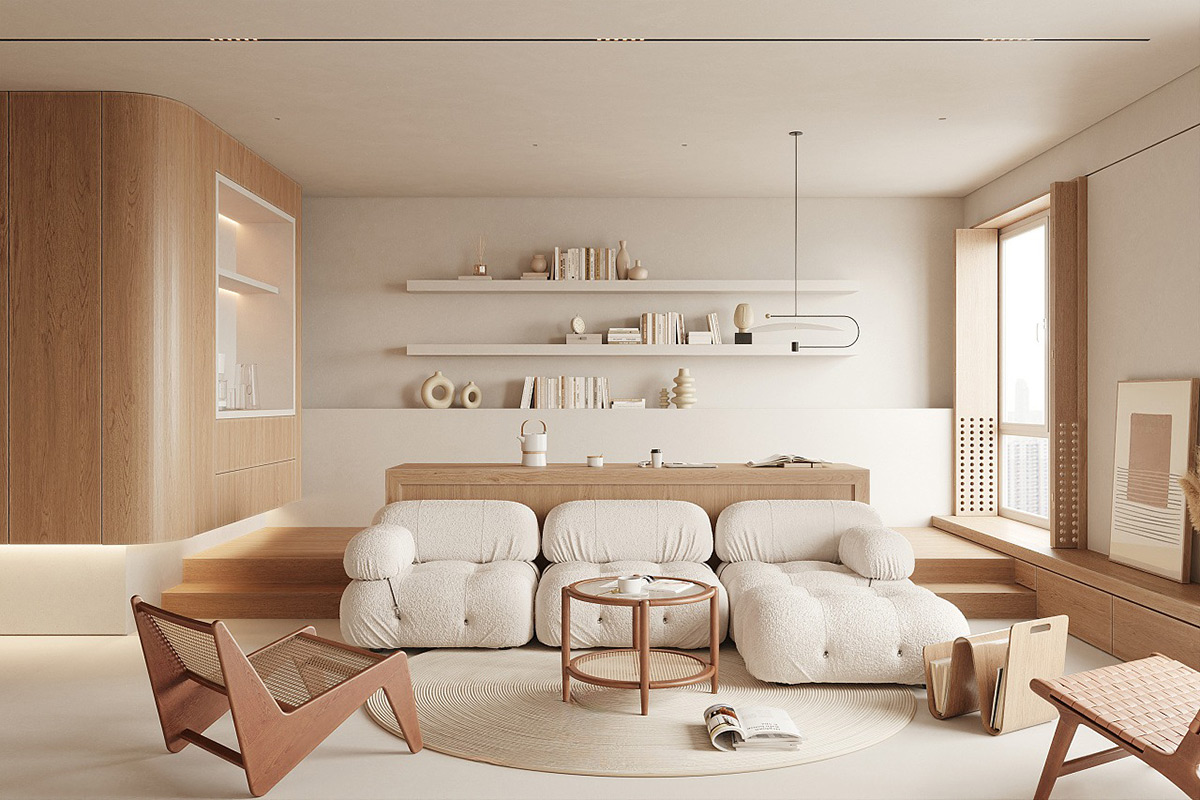Table Of Content

The Casa Levene en El Escorial in Madrid by No.Mad Architects is a great example of construction that made use of the natural features of the site (no trees were removed for the project). However, if you can make use of what already exists, it can bring better connectivity with the site. These physical features can include vegetation, water features, rocks and other manmade features. Architectural concepts are an abstract idea or notion generated by particular instances.
Making Sense of Color
These ideas are then brought to life through the efforts of people who are passionate about bringing these concepts to fruition. Without the involvement and dedication of people, the potential for architecture to shape and enrich the world around us would be lost. Architectural design is a discipline that focuses on covering and meeting the needs and demands, to create living spaces, using certain tools and especially, creativity.
Designing for Efficiency: How Escalators and Travelators Enhance Building Flow
Changsha International Conference Center / Architectural Design and Research Institution of SCUT - ArchDaily
Changsha International Conference Center / Architectural Design and Research Institution of SCUT.
Posted: Tue, 27 Feb 2024 08:00:00 GMT [source]
From the beginning, the firm should clearly estimate the project’s cost with the client. A firm can state fixed prices for individual steps of the design process or the whole package. The standard fees for a full-package contract vary from 5% to 15% for new projects and 10% to 20% for any revamps, which take longer to finish than new projects; this is why they cost more. A good architect may have higher earning potential due to their expertise and track record of successful projects, but it ultimately depends on the specific circumstances and market conditions. Compensation in the architecture field is influenced by a combination of factors, not solely based on the distinction between being a good or bad architect. The context and culture in which a building is located are also important considerations in architecture design.
People also liked
Through the use of eco-friendly materials, energy-efficient design, and waste management practices, architectural design can mitigate its negative impact on the environment, creating healthier and more sustainable living spaces. In terms of residential aspects, architectural design determines the layout and functional zones of interior spaces. Together, these three principles form the foundation of good architectural design, emphasizing the importance of structural integrity, functionality, and beauty in creating buildings that are both practical and inspiring.
How Can Architecture be Designed to Reflect Human Behavior? - ArchDaily
How Can Architecture be Designed to Reflect Human Behavior?.
Posted: Mon, 12 Feb 2024 08:00:00 GMT [source]
However, a design philosophy does not solidify a concept, it can only do so with analysis, design processes and other relevant design solutions. However, it is widely (and rightly) believed that a good architecture concept guarantees a solid final design. Architectural design takes into account a huge range of factors related to the site and building. From orientation and site features to thermal performance, technologies and landscape. In addition to its functionality, an architecturally designed home is also a beautiful work of art.
Architectural Installations at Milan Design Week and Salone del Mobile 2024
For Salone del Mobile Milano, Google presents “Making Sense of Color,” a multispacer installation focusing on the sensory aspects of color. Designed in collaboration with the arts and research lab Chromasonic, the installation aims to demonstrate how color is integral to sensing the world. Different installations form open rooms and interstitial spaces, activated by a single light source and spatialized sound. The experience aims to heighten awareness and forge connections between subtle body movements and the movements of others within the installation.
“Food had created a kind of fantasy architecture,” recalls Charlap Hyman of the space. Architectural designers extensively use computer-aided design (CAD) software, such as AutoCAD, Revit, SketchUp, or Rhino, to create drawings, 3D models, and renderings. They also utilize graphic editing software, such as Adobe Photoshop or Illustrator, to enhance visuals and presentation materials. Additionally, they may employ physical model-making tools, such as cutting mats, scale rulers, and 3D printers, to create physical representations of their designs.
Efficiency in architecture involves the integration of smart technologies and automation to optimize the performance and functionality of a building. Architects consider the use of energy management systems, smart controls, and sensor technologies to monitor and regulate lighting, heating, and ventilation. They also incorporate renewable energy systems, such as solar panels or geothermal systems, to reduce the reliance on conventional energy sources. In architecture, the rules and principles of efficiency are the use of space planning and optimization techniques to ensure effective utilization of available areas. Architects consider the functionality and spatial requirements of the building or space, aiming to create efficient layouts and minimize unnecessary circulation or wasted space. They also incorporate sustainable design practices, such as passive solar design, insulation, and energy-efficient systems, to reduce energy consumption and promote environmental sustainability.
Color, Texture, and Pattern
Furthermore, architectural design demands a high level of precision, especially in areas such as space planning, material selection, and construction techniques. Accurate structural design and construction details not only ensure the effective realization of a building’s functions but also guarantee its stability and safety under various conditions. Students of interior architecture will focus on understanding and developing interior spaces using a variety of design approaches. Specialists in this field learn how to create visually pleasing and functional spaces through studying aspects of color, material, lighting, media, shape and form. Architectural principles are applied to the design of interior space in different settings such as private residences, the hospitality industry and commercial builds as well as public and institutional spaces. Graduates specializing in interior architecture will gain the skills needed to develop careers in exhibition design, installation work, furniture design, or as a professional interior architecture designer.
This means figuring out what the building should do, who will use it, what activities will happen there, and how to organize everything. Architects turn these ideas into designs that are both good-looking and useful, planning the spaces and the way they fit together. The word “architecture” is used to describe the practice of designing and constructing buildings and other structures, as well as the buildings and structures themselves. It is a broad term that encompasses a wide range of disciplines, including residential, commercial, public and institutional, and landscape architecture.
Architects employ artificial lighting solutions, such as fixtures, lamps, and controls, to complement natural light and provide adequate illumination for different functions and areas within a building. The selection of lighting fixtures also takes into account energy efficiency, color rendering, and the desired visual effects. Contrast can be achieved through the use of different materials or textures, such as combining smooth and rough surfaces or incorporating elements with varying levels of transparency or opacity. The contrast in scale and proportion can also be employed, where elements of different sizes or proportions are placed close to one another to create a sense of dynamism and variety. Contrast can also be utilized to create visual rhythm and movement within a design, where alternating elements or patterns generate a sense of energy and visual interest.






















